9 Natural Ways To Use Aloe Vera For Burns
Know how to use aloe vera to heal burns faster and accelerate skin repair.

Image: Shutterstock
Aloe vera is that magic plant that each of us needs to own. There is no exaggeration in calling it a magic plant with the multitude of benefits it holds for your skin and hair. You can use the medicinal succulent for soothing burns, providing pain relief to your skin, improving its texture, etc.
Aloe vera has anti-inflammatory properties. You may apply aloe vera to the affected area to repair the skin and fasten the healing process.
You can also mix it with other healing agents to get better results. This article discusses several benefits of aloe vera for your skin and how to use it as a natural remedy. Keep reading.
 Trivia
TriviaIn This Article
Effective Methods To Utilize Aloe Vera For Burn Relief
- Pure Aloe Vera
- Tea Tree Oil And and Aloe Vera
- Honey and Aloe Vera
- Lavender Oil and Aloe Vera
- Vitamin E and Aloe Vera
- Turmeric and Aloe Vera
- Wheat Germ Oil And Aloe Vera
- Ice Cubes And Aloe Vera
- Coconut Oil And Aloe Vera
1. Pure Aloe Vera
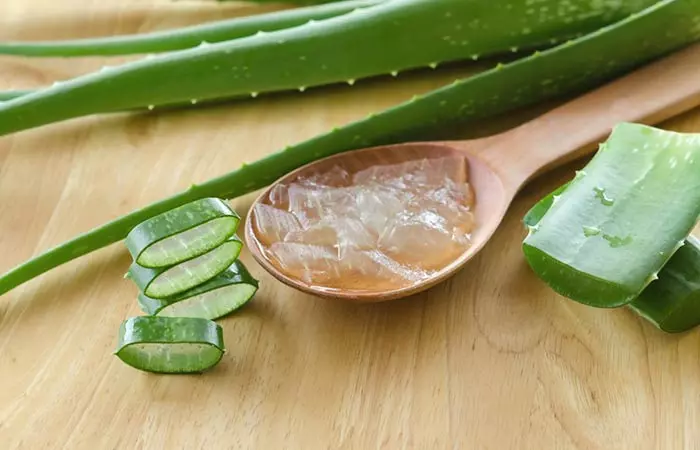
You Will Need
- Aloe vera extract
What You Need To Do
- Pluck a meaty leaf from the aloe vera plant. Cut the leaf open and extract the gel-like substance from it.
- Collect the aloe vera gel extract and spread it on your burns gently till the skin absorbs it.
How Often?
You can do this once or twice every day.
Why This Works?
Aloe vera is cooling and soothing on the skin
. It speeds the healing process (1).
2. Tea Tree Oil And Aloe Vera
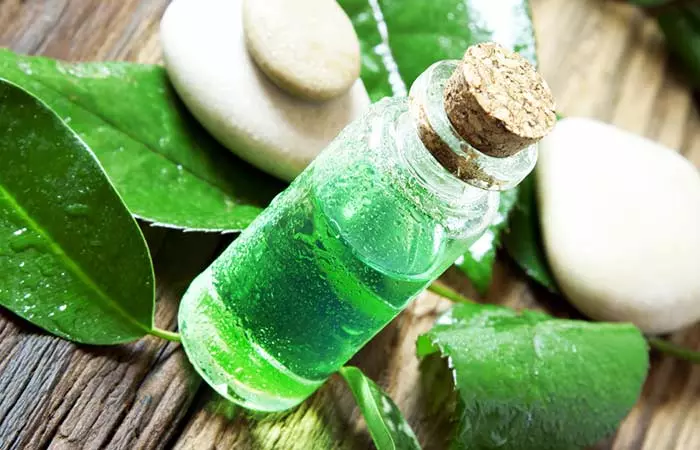
You Will Need
- Aloe vera extract/gel
- Pure tea tree oil drops
What You Need To Do
- Take a dollop of aloe vera gel and add 2-3 drops of tea tree oil to it.
- Mix the two with your fingers and apply to the affected area. Massage it into the skin till it dries.
How Often?
Do this every day before sleeping at night.
Why This Works?
Tea tree is antifungal, antibacterial, and antiseptic
. It prevents the affected area from getting infected. Be careful with undiluted tea tree oil. It can cause both an allergic or irritant dermatitis (aka a burn or a rash) (2).
3. Honey and Aloe Vera
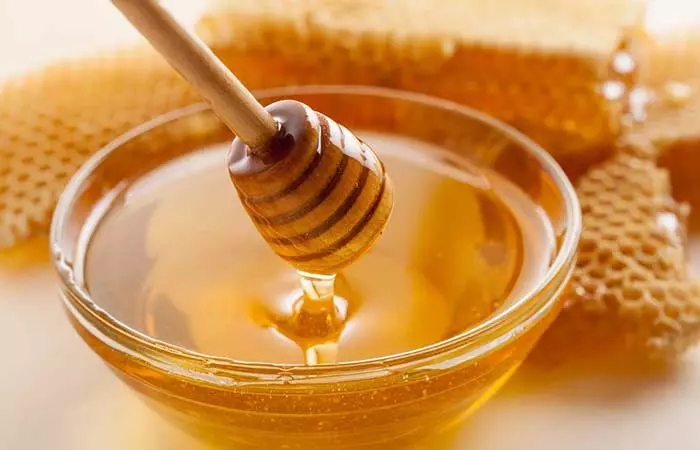
You Will Need
- 1 teaspoon of honey
- Aloe vera gel
What You Need To Do
- Mix the honey and aloe vera till you have a thick paste.
- Apply it gently on the affected area and leave it on for a while. Wash it off.
How Often?
You can do this once in two days.
Why This Works?
Honey is antiseptic and has a cooling effect on burnt areas
(3).
Nemy, a blogger, shared that she burnt herself when she opened a pressure cooker forcefully 10 minutes after cooking, and its contents splashed on her face. She used aloe vera, honey, shear butter, and hot water for the treatment. She says in one of her blog posts, “As the treatments were being applied, my upper skin began to peel gradually and then fresh skin began to come gradually. After three weeks the wounds healed completely (i).”
4. Lavender Oil And Aloe Vera
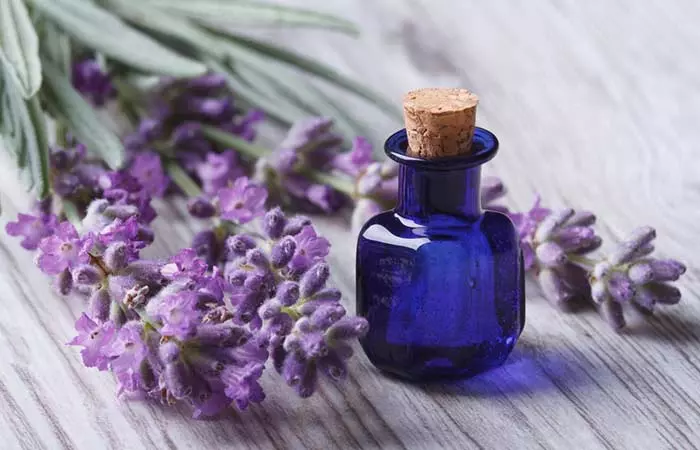
You Will Need
- Aloe vera gel
- Pure lavender oil drops
What You Need To Do
- Add lavender oil drops to aloe vera gel and rub them together in your palms.
- Apply it to the burnt skin gently.
How Often?
Do this once in 2-3 days.
Why This Works?
Lavender oil soothes the sting of the burn and prevents the skin from blistering
(4).
5. Vitamin E And Aloe Vera
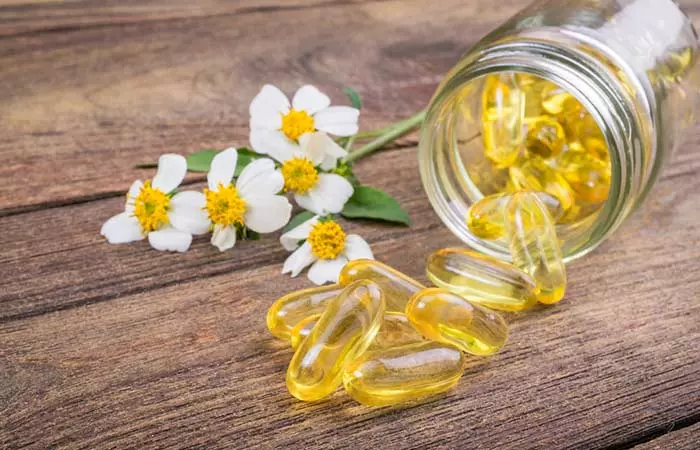
You Will Need
- Vitamin E capsules
- Aloe vera gel
What You Need To Do
- Squeeze out the Vitamin E in the capsules and add it to the aloe vera gel.
- Mix them well and apply it to the burns.
How Often?
You can do this every day – once in the morning and once in the evening.
Why This Works?
Vitamin E has antioxidant properties that fight free radicals and reduce redness and inflammation
(5).
6. Turmeric And Aloe Vera

You Will Need
- 1 pinch of turmeric
- 1 tablespoon aloe vera gel
What You Need To Do
- Mix the turmeric and aloe vera gel till you have a paste.
- Apply the paste gently over the burn and let it stay till it dries and falls off on its own.
How Often?
You can apply this paste multiple times a day till the burn heals.
Why This Works?
The paste promotes skin regeneration and protects the wound from bacteria. It is also soothing on the burn and keeps the skin moisturized (6).
7. Wheat Germ Oil And Aloe Vera

You Will Need
- 4-5 drops of wheat germ oil
- 1 tablespoon aloe vera gel
What You Need To Do
- Add the wheat germ drops to the aloe vera gel in a bowl and mix them well.
- Apply the paste gently on the burns and healing skin and let it stay on like an ointment.
How Often?
You can apply this paste every day, once in the morning and once in the evening.
Why This Works?
The paste decreases itching around the burns and the surrounding skin. It protects the skin from irritation and rejuvenates the skin by neutralizing free radicals (7).
8. Ice Cubes And Aloe Vera
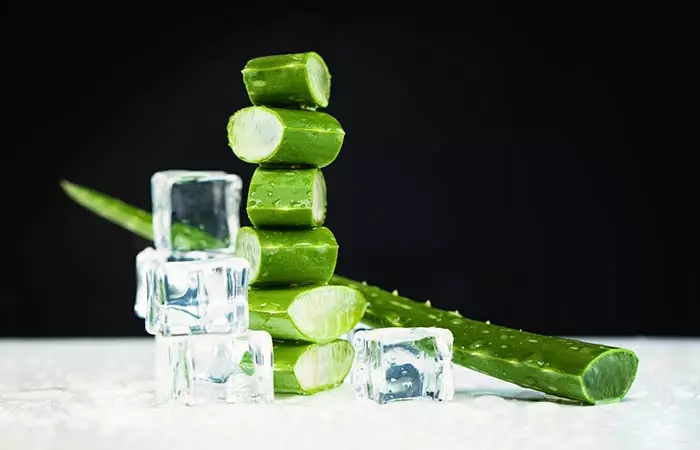
You Will Need
- A bowl of aloe vera gel
- 4 marigold flower heads
- Ice cube tray
What You Need To Do
- Blend the marigold flower heads in aloe vera gel and pour the syrupy liquid into an ice cube tray. Freeze in a refrigerator.
- Take a few ice cubes and bundle them up in a clean cloth.
- Gently pat the affected area with the cloth until all the ice cubes melt. Let the skin dry naturally.
How Often?
You can do this a couple of times a day.
Why This Works?
The pack has a cooling effect on the skin. The marigold flowers contain antioxidants that heal the burns and soothe irritations (8).
9. Coconut Oil And Aloe Vera
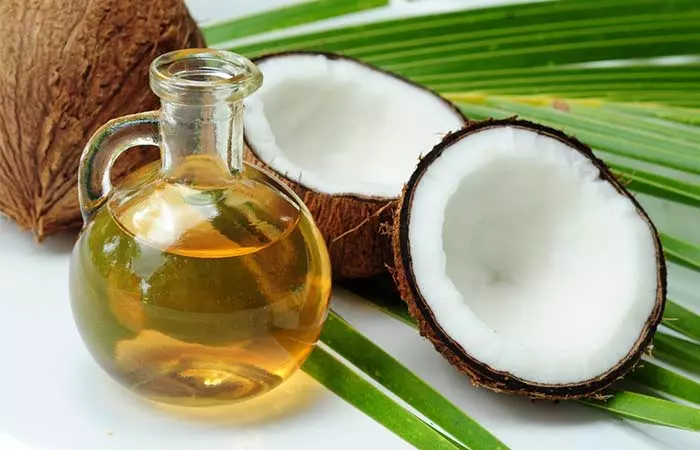
You Will Need
- 1/2 cup coconut oil
- 1/2 aloe vera gel
What You Need To Do
- Pour the coconut oil into a bowl of aloe vera gel and whisk it till you get a foamy consistency.
- Pour it into a bottle and apply it to the affected areas of the skin like a moisturizer. Leave it on.
How Often?
You can use this pack every day, just how you use a moisturizer.
Why This Works?
The pack is antifungal and therefore heals skin burns and irritations naturally. It soothes the skin and also helps in hydrating and rejuvenating it (9).
 Did You Know?
Did You Know?Apart from being a potential intervention for addressing burn wounds, aloe vera is widely used for healing sun damage, especially sunburns. Let’s find out if it is really effective.
Key Takeaways
- Aloe vera has anti-inflammatory and antioxidants that can help reduce inflammation and promote the wound healing process.
- Sunburns, heat burns, and small burns brought on by hot liquids or steam can be treated by using aloe vera gel.
- You can use aloe vera alone or combine it with tea tree oil, lavender, or honey to soothe the burning and prevent blistering.
Does Aloe Vera Help With Sunburns?
Aloe vera is growing increasingly popular as a home remedy for sunburns due to its soothing, wound-healing properties. While there is currently no scientific evidence that suggests that aloe vera helps sunburns heal, there are a few studies that hint at its potential to minimize associated discomfort. One study found that a 97.5% aloe vera gel provided anti-inflammatory effects, which helped reduce UV-induced redness compared to a steroid gel (10). Aloe vera may be used for its cooling effect on mild, tingling sensations caused by the sun, but not for treating sun exposure-induced blisters and rashes. It also does not substitute for sunscreen. Hence, it is recommended not to be used as such.
Infographic: Quick Tips For Relief From Burns
Mild burns typically heal in a week or two with minimal to no scarring. The goal of burn treatment is to reduce discomfort, prevent infection, and speed up recovery. You probably already have the tools you need to perform some first aid. The infographic below lists a few things you need to do for much-needed therapy from a burn. Check it out! Illustration: StyleCraze Design Team
Aloe vera has been used for thousands of years to treat a variety of skin ailments. It has often been considered as one of the top home remedies for burns and improves the overall texture of your skin. If you have an aloe vera plant at your home, cut the leaf open, collect the gel and apply it on the burnt area. It will provide a soothing and cooling effect on the skin. You can combine aloe vera with turmeric, tea tree oil, or honey to protect the wound from getting reinfected and keep your skin hydrated.
Frequently Asked Questions
Is aloe vera suitable for all types of burns?
Aloe vera can help soothe mild burns like sunburns or minor kitchen burns. However, it is recommended to seek medical treatment immediately for severe burns.
Is it better to use a store-bought aloe vera gel or a fresh aloe vera gel from a plant to treat the burns?
Freshly plucked aloe is the best! Often, the store-bought gel contains added coloring agents and preservatives.
How immediately can I use aloe vera gel after the burn?
Right away! You can aloe vera gel on the burns immediately after cooling the burn under some cold water.
Does aloe vera heal burn scars?
Yes. Aloe vera may have a soothing and moisturizing effect on the skin and help fade burn scars to a certain extent.
Can I put aloe vera on an open wound?
Although aloe vera is known for its wound-healing abilities, it’s best not to use it to treat severe open wounds. A healthcare expert should properly disinfect and treat deep open wounds to prevent further complications. However, you may use aloe vera for minor scratches and wounds.
Does aloe vera have side effects?
Although aloe vera is usually safe, people with latex allergies may experience moderate skin reactions like irritation or burning. Therefore, do a patch test before using aloe vera on the skin.
Check out the following video to learn how to use fresh aloe vera plants to soothe and heal burns. Get step-by-step instructions on how to use this natural remedy.
Personal Experience: Source
StyleCraze's articles are interwoven with authentic personal narratives that provide depth and resonance to our content. Below are the sources of the personal accounts referenced in this article.
i. Story time: How I treated burns with natural herbs!https://nemyinspired.blogspot.com/2017/11/how-i-treated-third-degree-burns-with.html
References
Articles on StyleCraze are backed by verified information from peer-reviewed and academic research papers, reputed organizations, research institutions, and medical associations to ensure accuracy and relevance. Read our editorial policy to learn more.
- The efficacy of aloe vera used for burn wound healing: a systematic review
https://www.ncbi.nlm.nih.gov/books/NBK74820/ - Essential oils and metal ions as alternative antimicrobial agents: a focus on tea tree oil and silver
https://www.ncbi.nlm.nih.gov/pmc/articles/PMC7949732/ - Topical Application of Honey for Burn Wound Treatment – an Overview
https://www.ncbi.nlm.nih.gov/pmc/articles/PMC3188068/ - Wound healing potential of lavender oil by acceleration of granulation and wound contraction through induction of TGF-β in a rat model
https://www.ncbi.nlm.nih.gov/pmc/articles/PMC4880962/ - Effectiveness of topical α-Tocopherol Acetate in burn infection treatment
https://www.ncbi.nlm.nih.gov/pmc/articles/PMC7197917/ - Curcumin: a novel therapeutic for burn pain and wound healing
https://pubmed.ncbi.nlm.nih.gov/23902423/ - Evaluation of the Wheat Germ Oil Topical Formulations for Wound Healing Activity in Rats
https://pubmed.ncbi.nlm.nih.gov/34486347/ - A systematic review of Calendula officinalis extract for wound healing
https://pubmed.ncbi.nlm.nih.gov/31145533/ - Burn wound healing property of Cocos nucifera: An appraisal
https://www.ncbi.nlm.nih.gov/pmc/articles/PMC2792613/ - Investigation of the anti-inflammatory potential of Aloe vera gel (97.5%) in the ultraviolet erythema test
https://pubmed.ncbi.nlm.nih.gov/18253066/
Read full bio of Dr. Vindhya L Veerula
Read full bio of Kushneet Kukreja
Read full bio of Ramona Sinha
Read full bio of Monomita Chakraborty

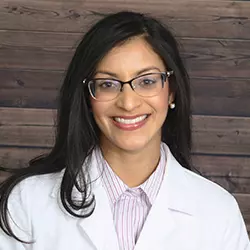







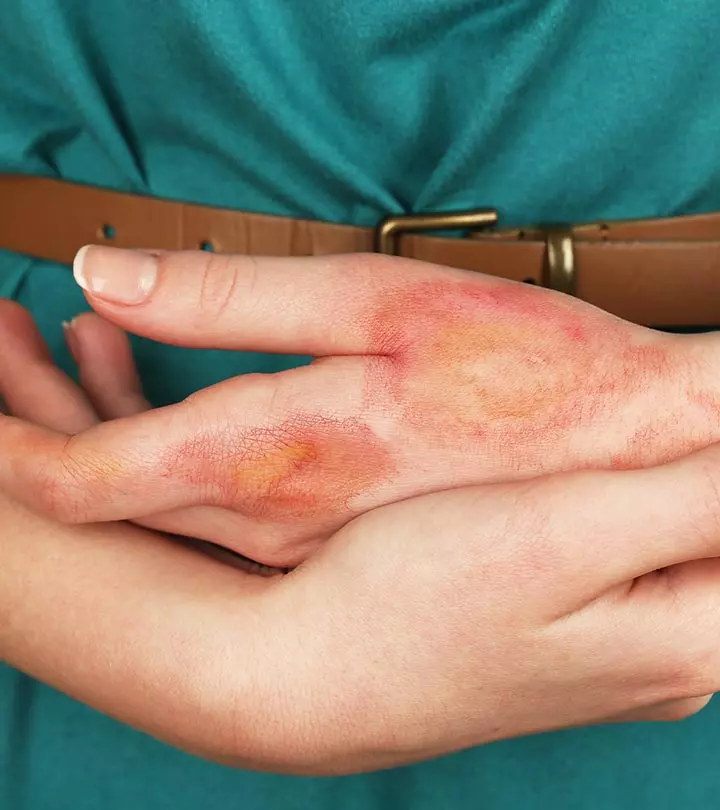
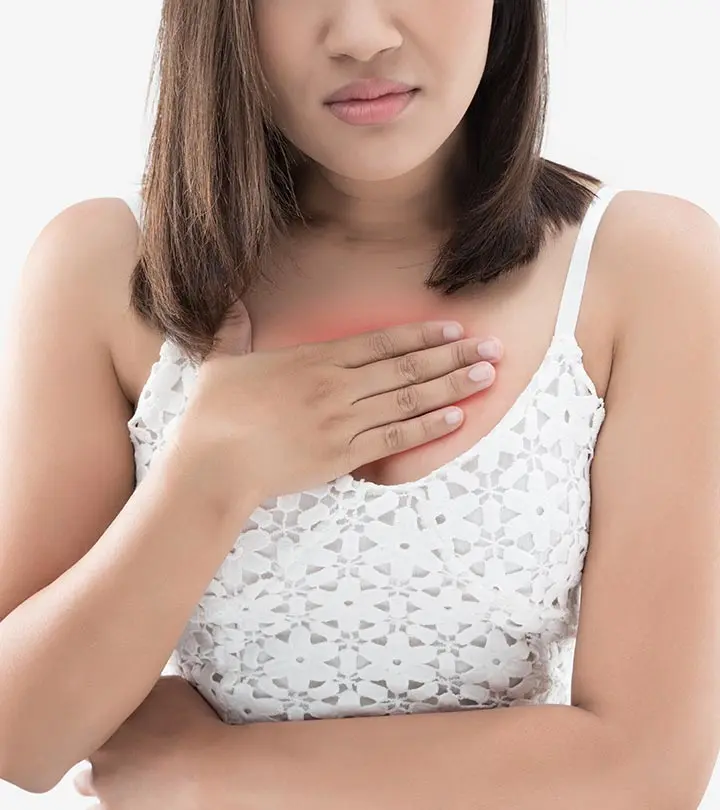



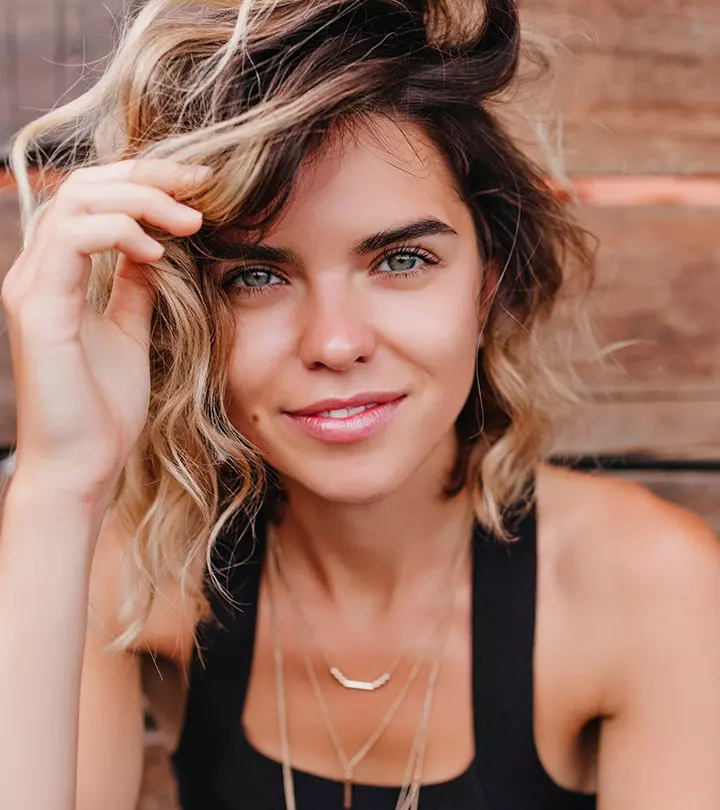
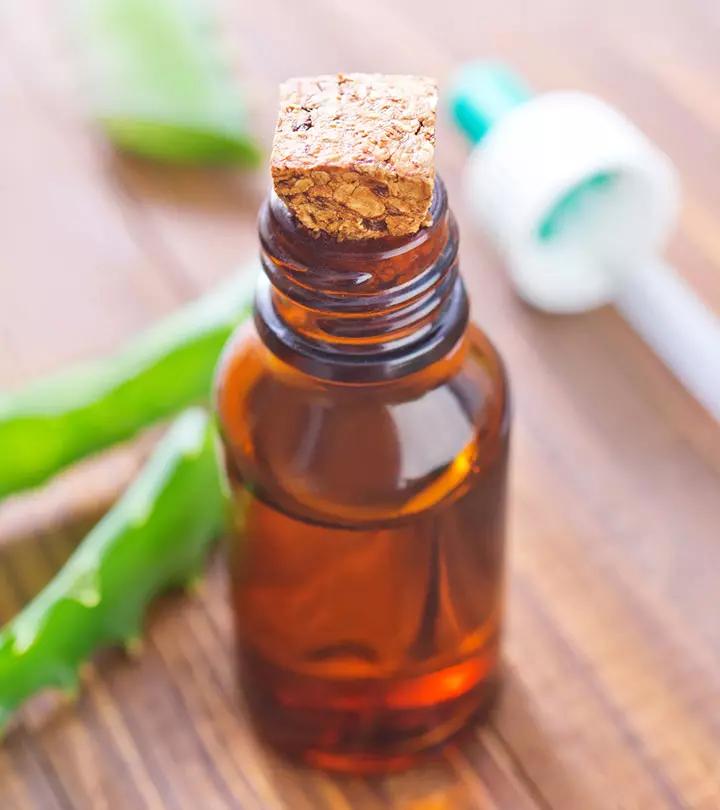


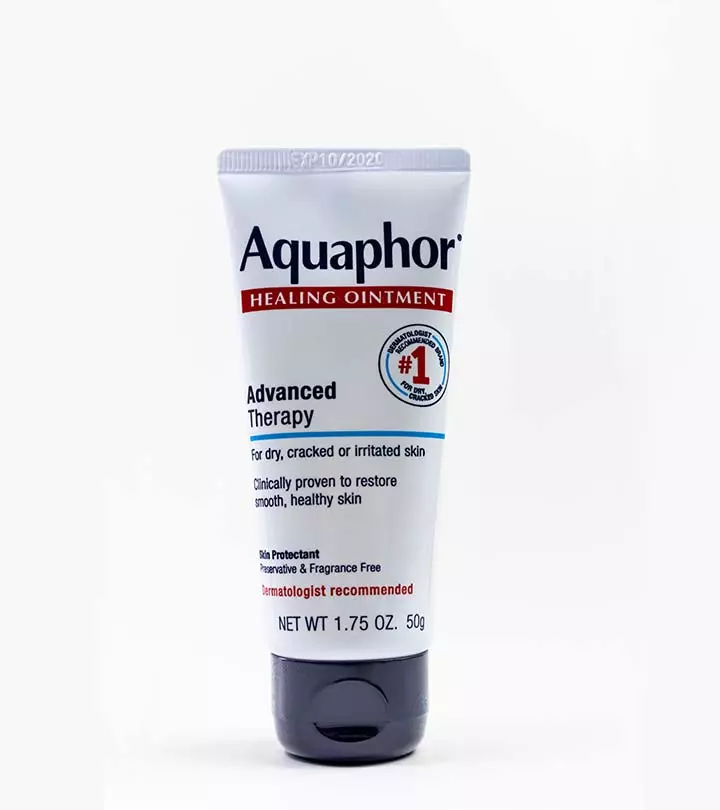
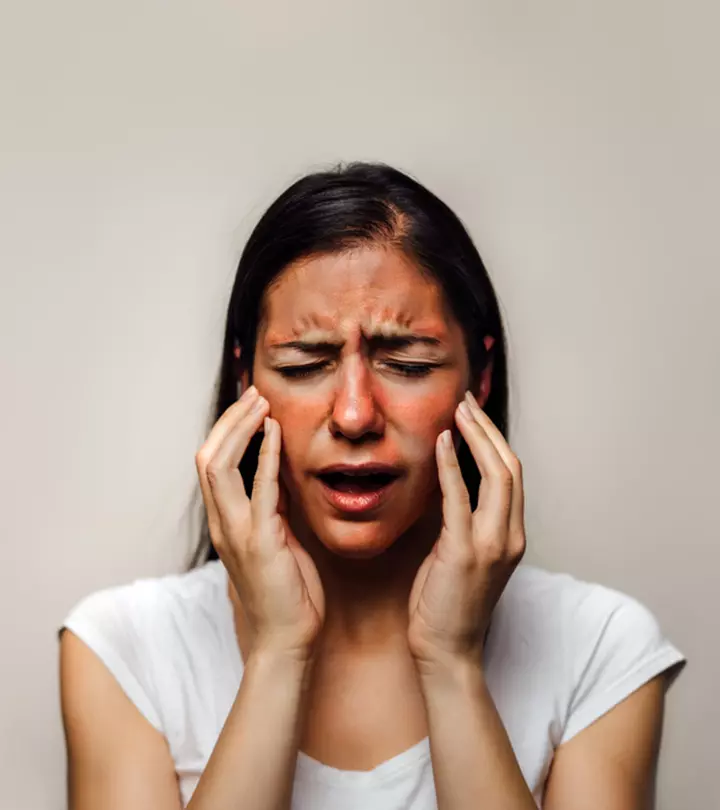
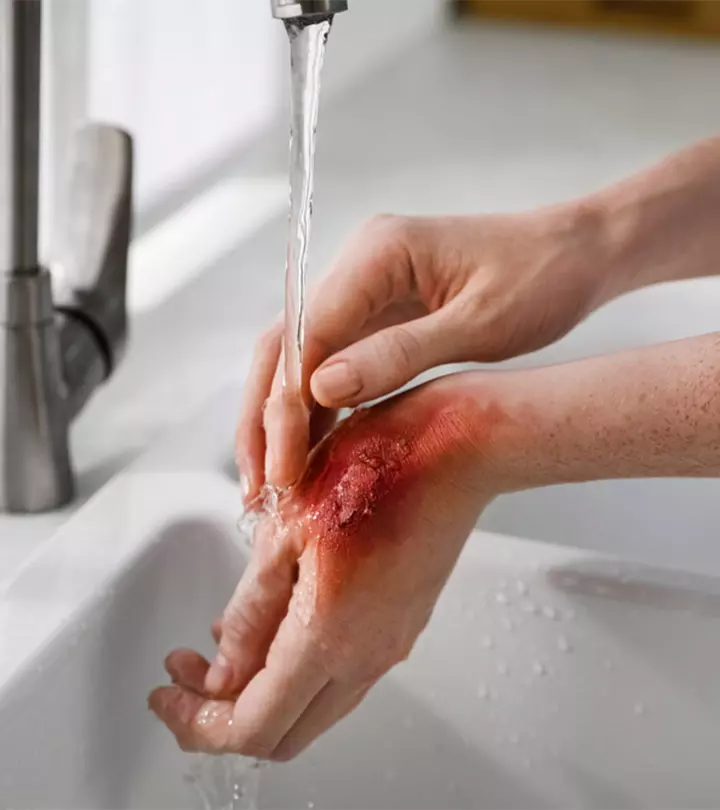
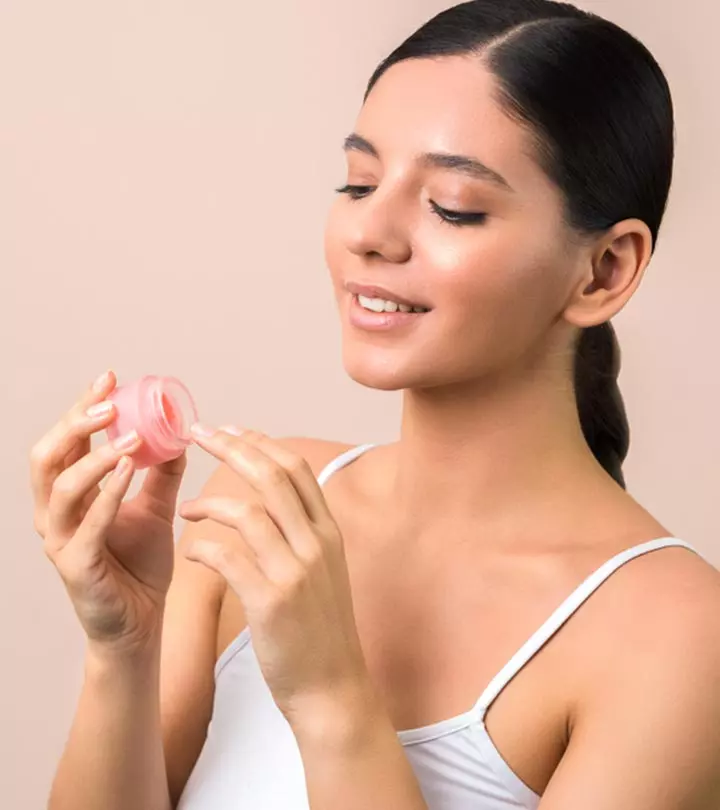
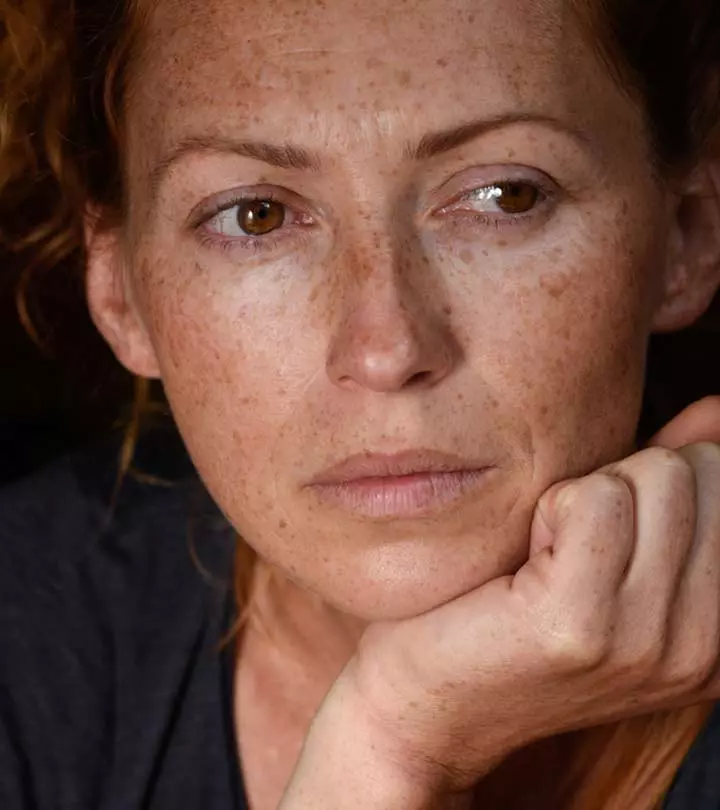
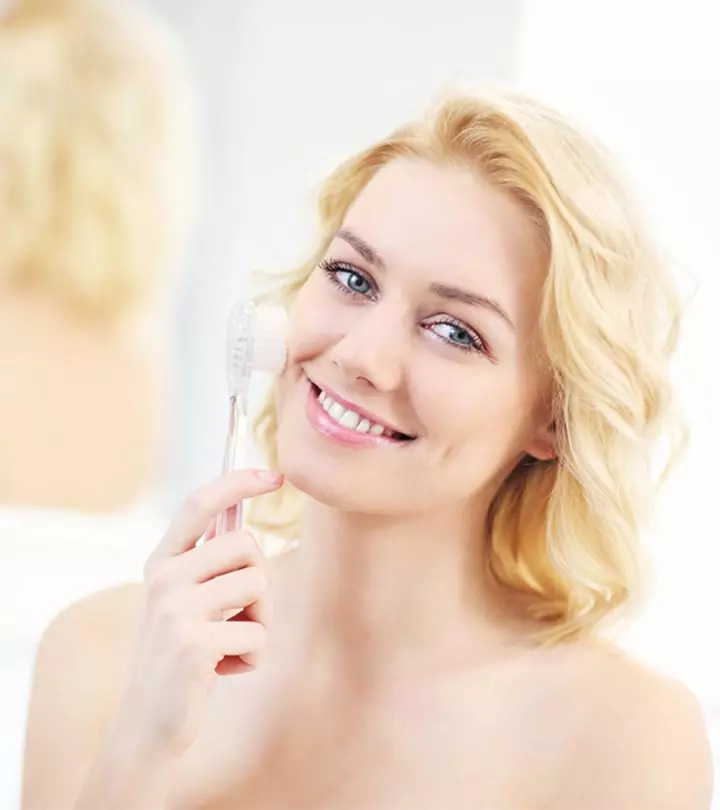
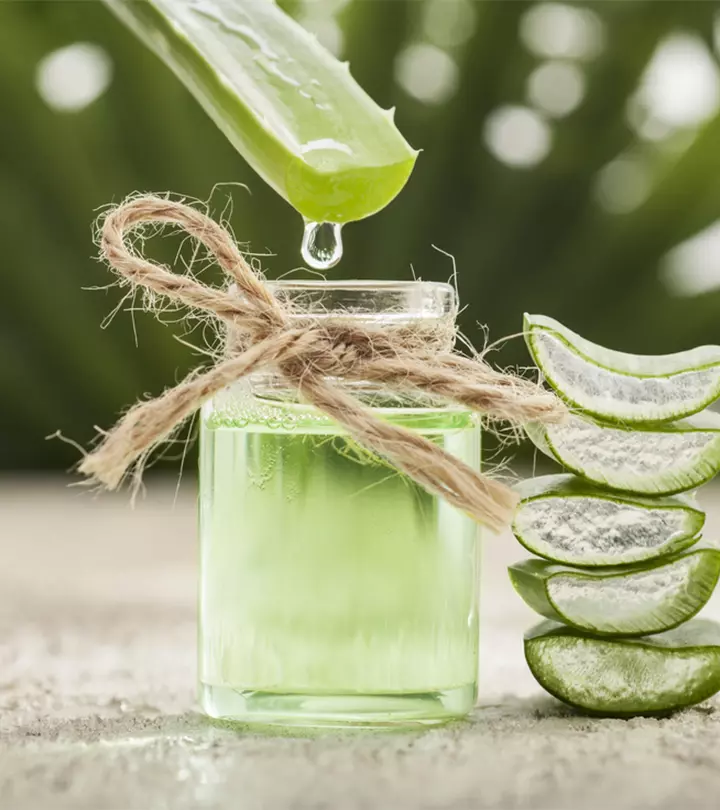


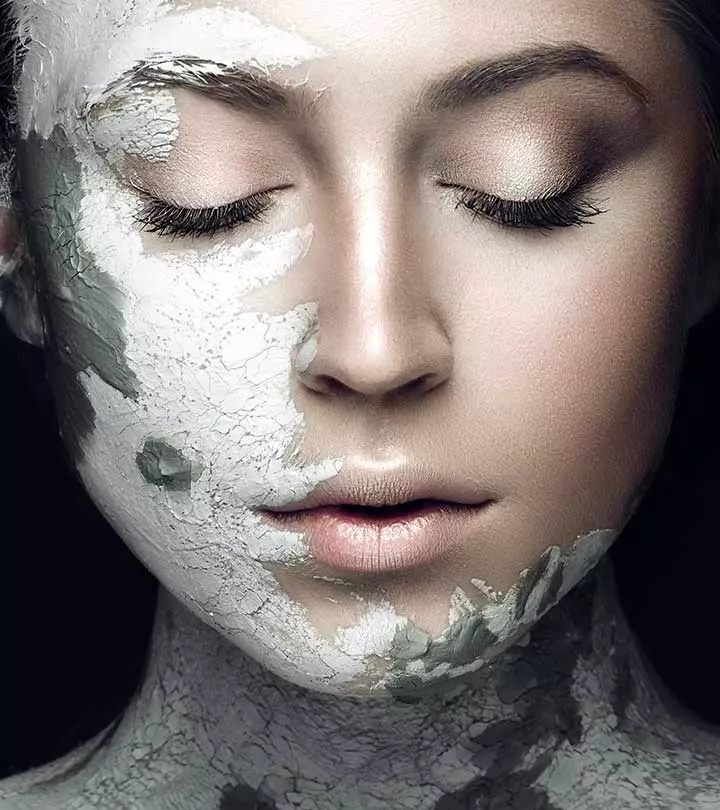
Community Experiences
Join the conversation and become a part of our empowering community! Share your stories, experiences, and insights to connect with other beauty, lifestyle, and health enthusiasts.